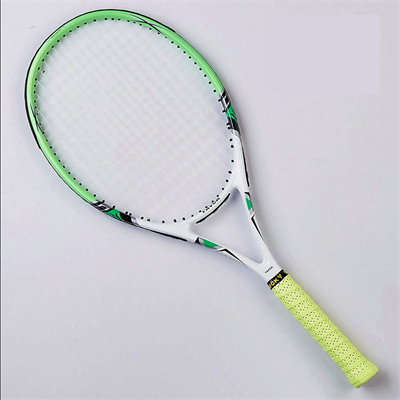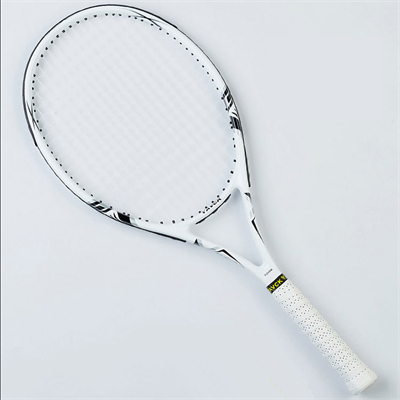The balance point is related to the weight of the racket surface, and its central topic is the issue of “head weight” or “head light”. This is also a topic of “suitable for the individual”. The head weight is suitable for long shots and bottom line kicks; the head light is suitable for tennis volleys and is commonly used by players who use both hands.
The shape of each racket surface has its unique design concept, and the position of the sweet spot is different for different shapes. Generally speaking, the shape of the racket surface is mainly oval and egg round. The sweet area of the oval racket surface is in the center of the racket surface, and the sweet area of the egg-shaped racket surface is in the center area behind the racket surface. Closer. Those with better steady shooting skills can choose the former, and vice versa.
In terms of the structure of the tennis racket, the whole racket will have different hardness. Of course, people with large swings and strength are suitable for a less rigid racket (if a person with large swings and greater strength uses a harder racket, the handle, surface net line and frame of the racket are all suitable for the racket. Easy to damage). Most of them are expressed by numbers. The larger the number, the lower the hardness.
The higher the weight of the racket, the lower the elasticity. But players who swing fast can get better ball control. Low pounds will produce a box-spring effect and increase the rebound force. The relative ball control will be reduced. The most commonly used weight for tennis rackets is between 55 and 60 pounds, and professional players often wear it to around 70 pounds.






















